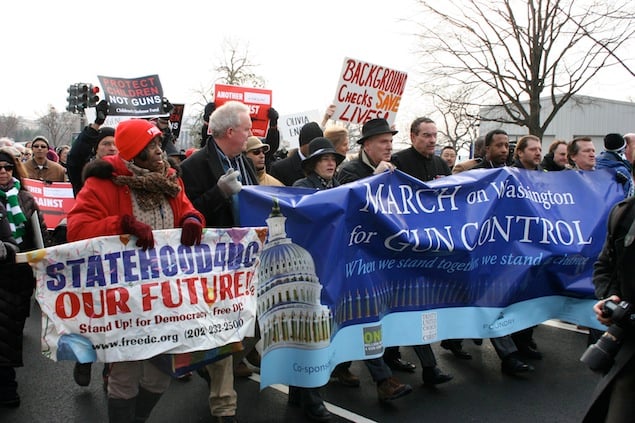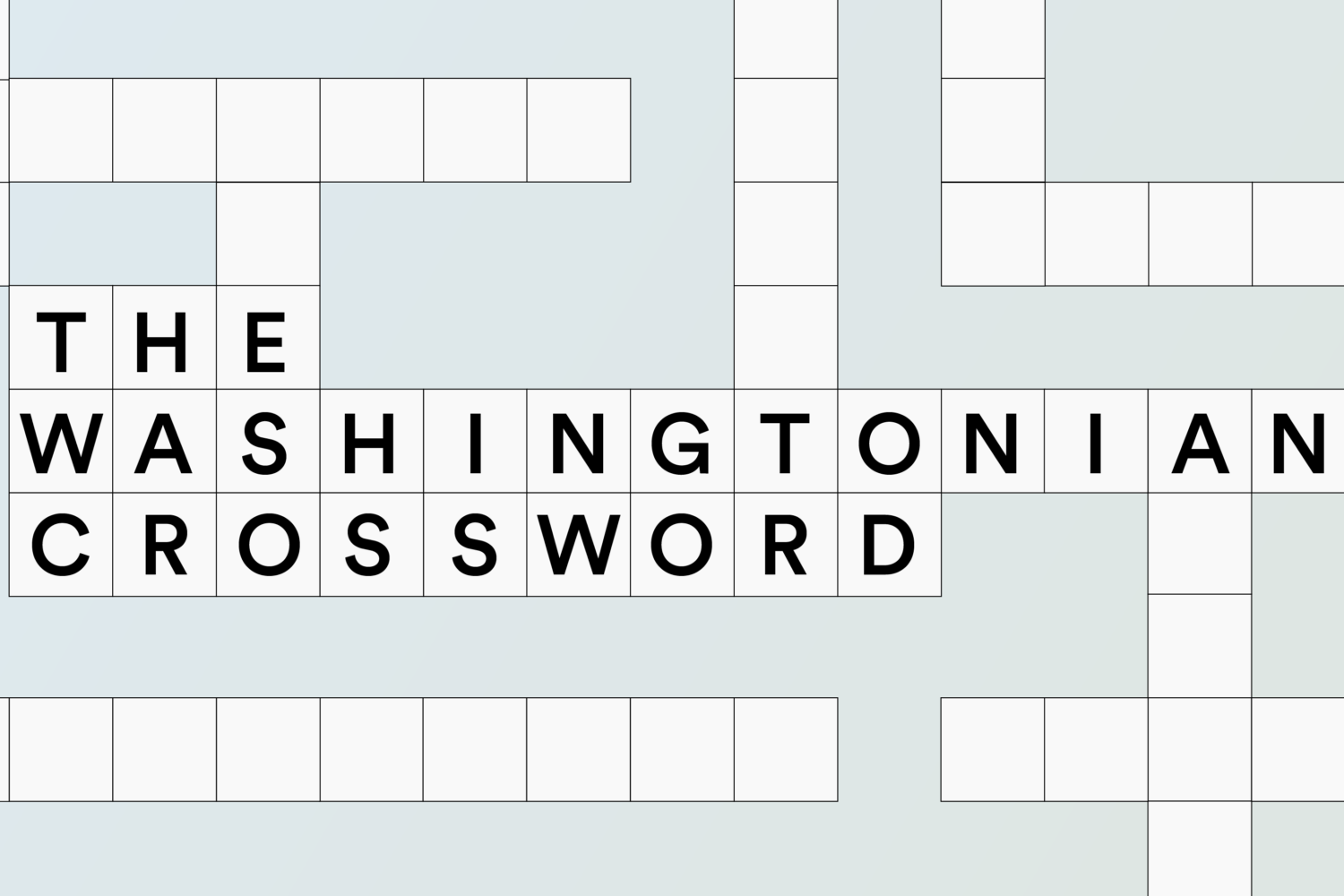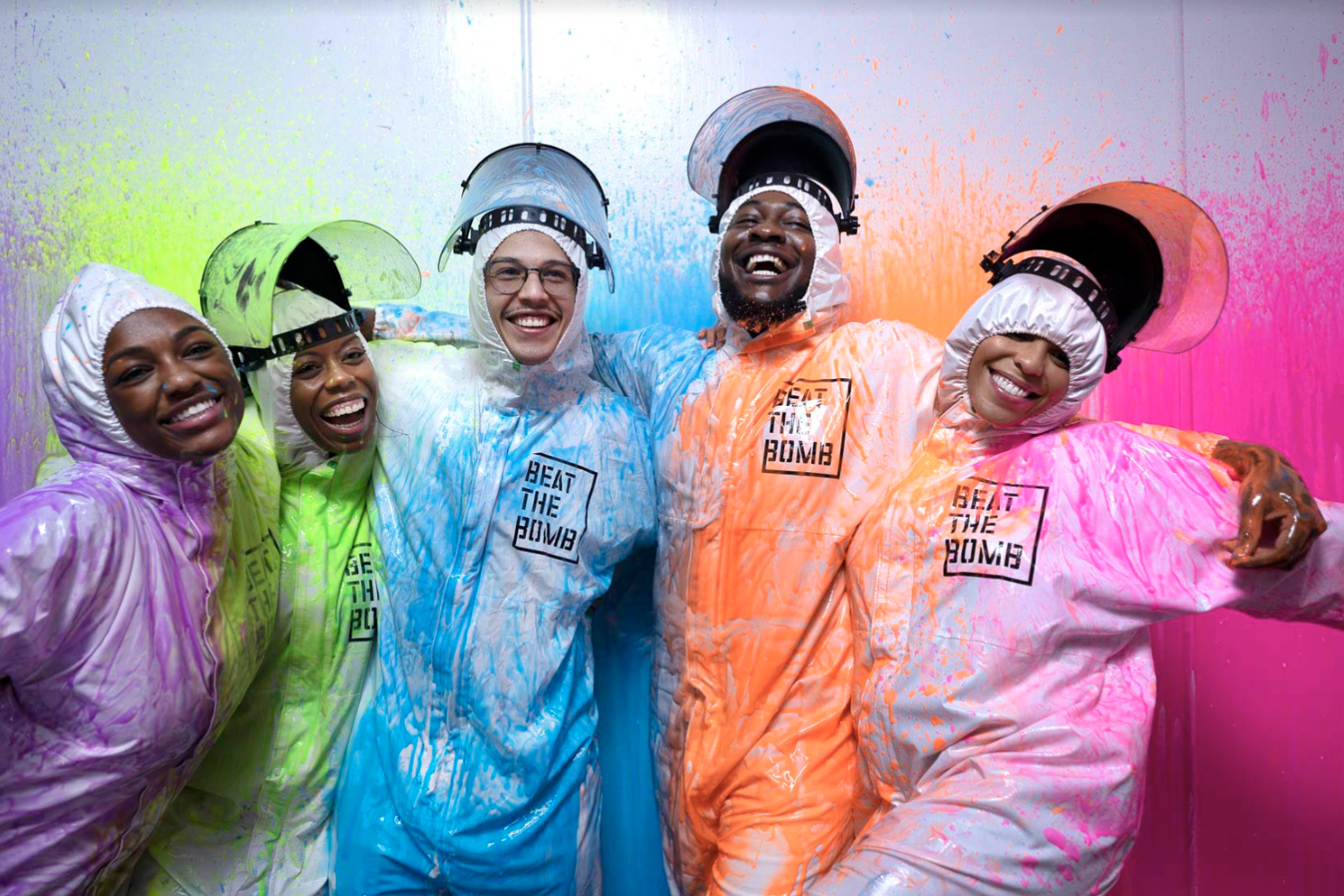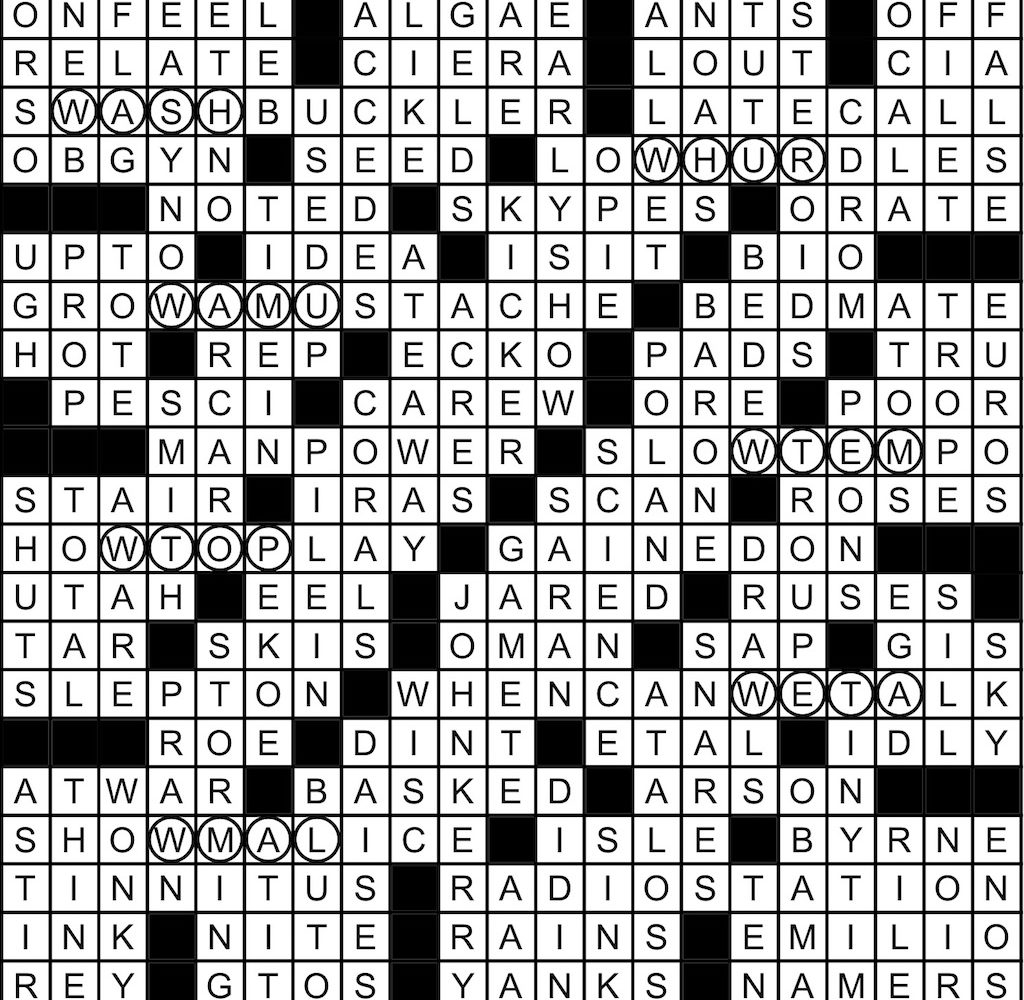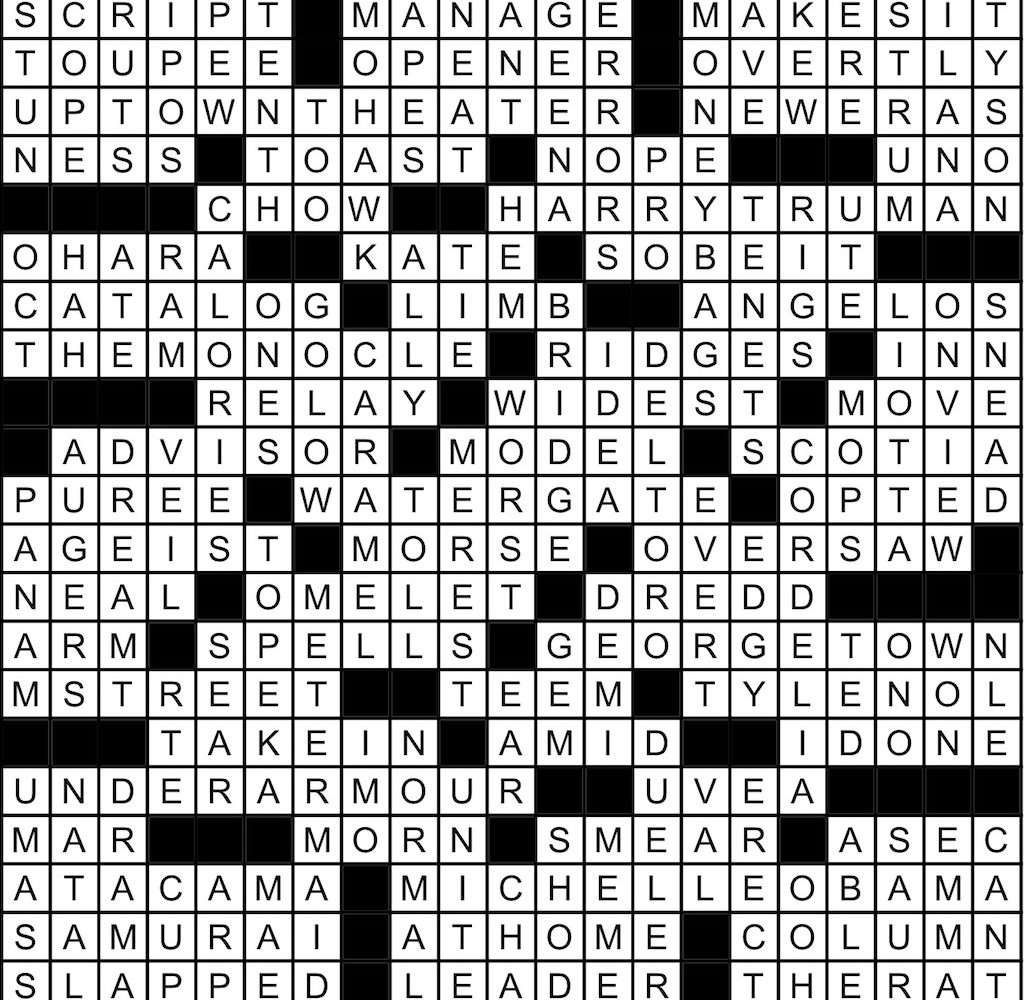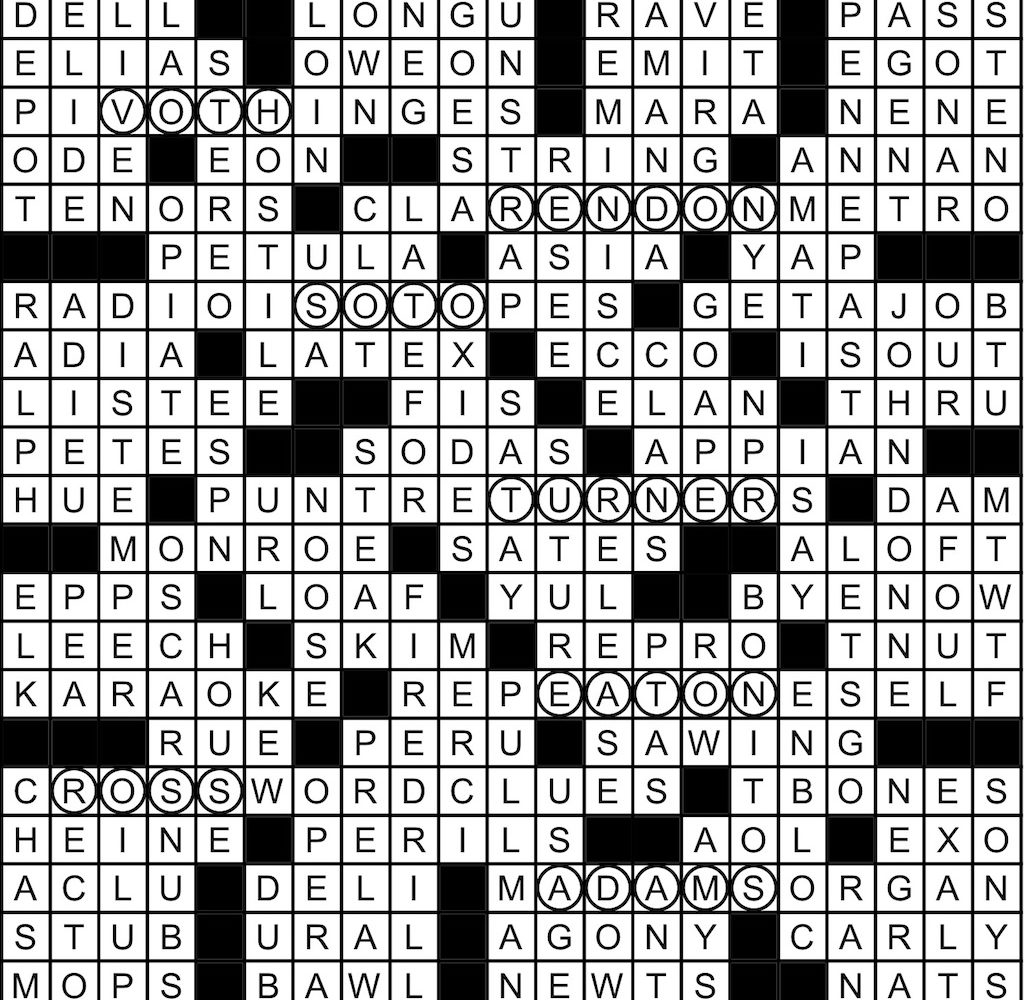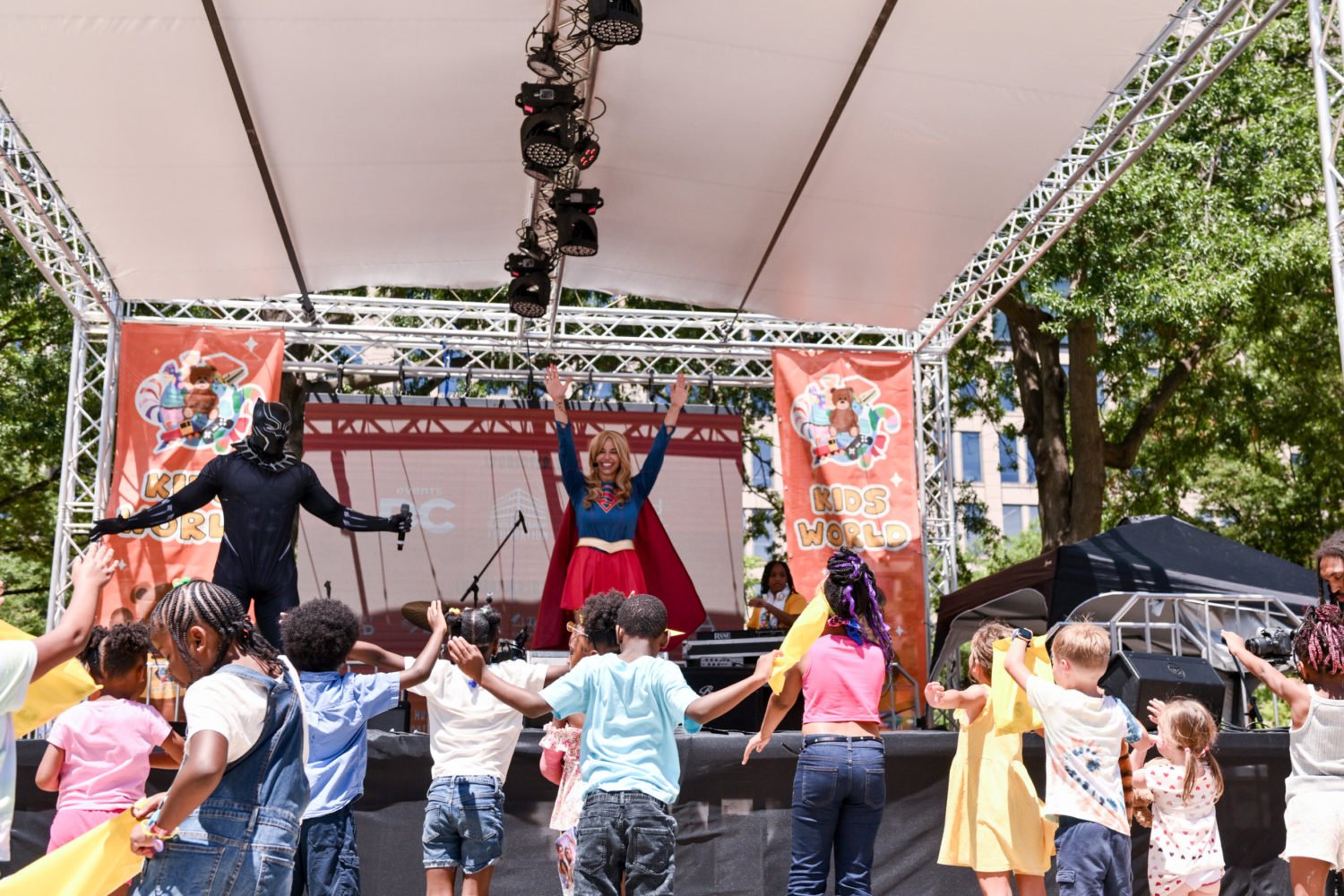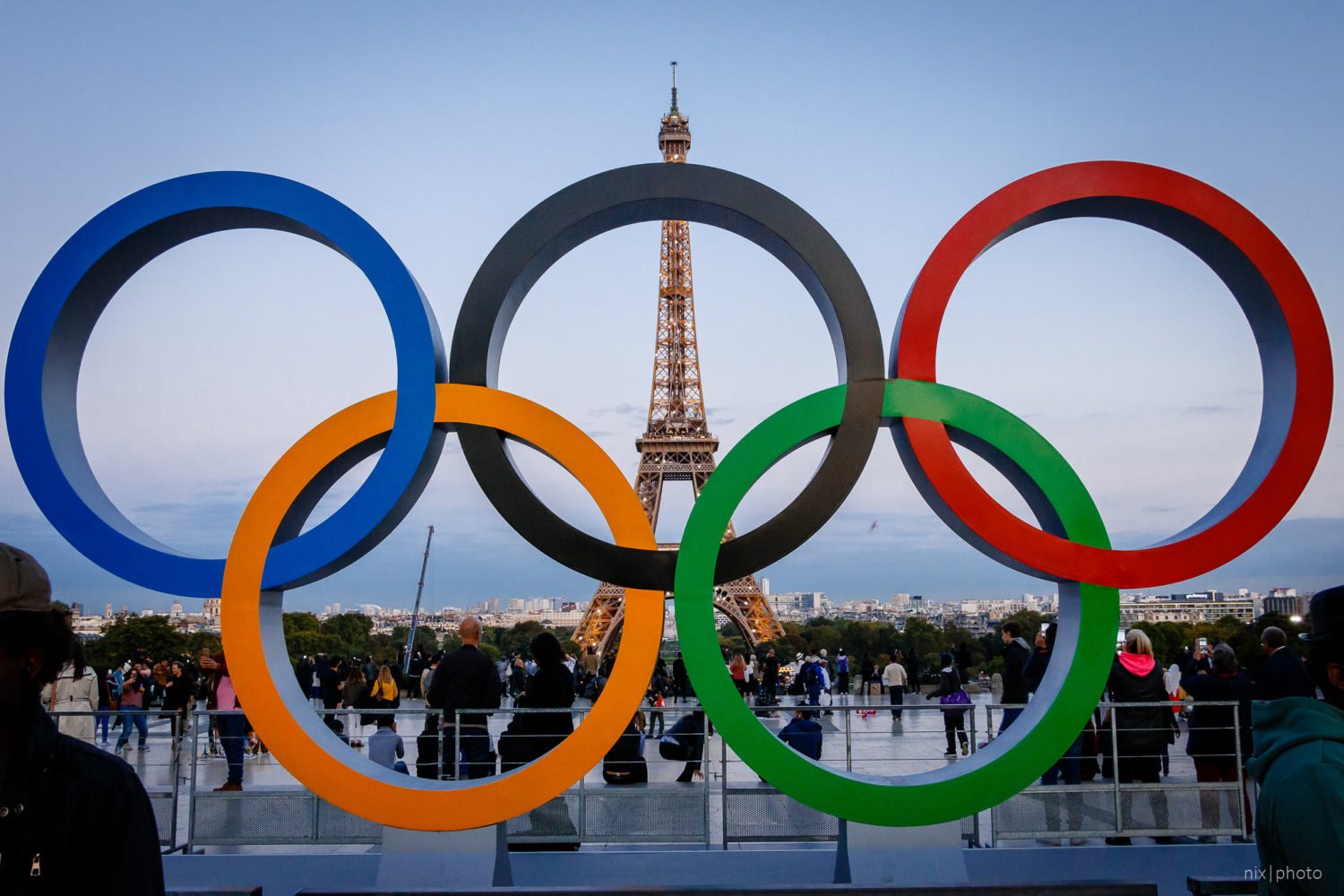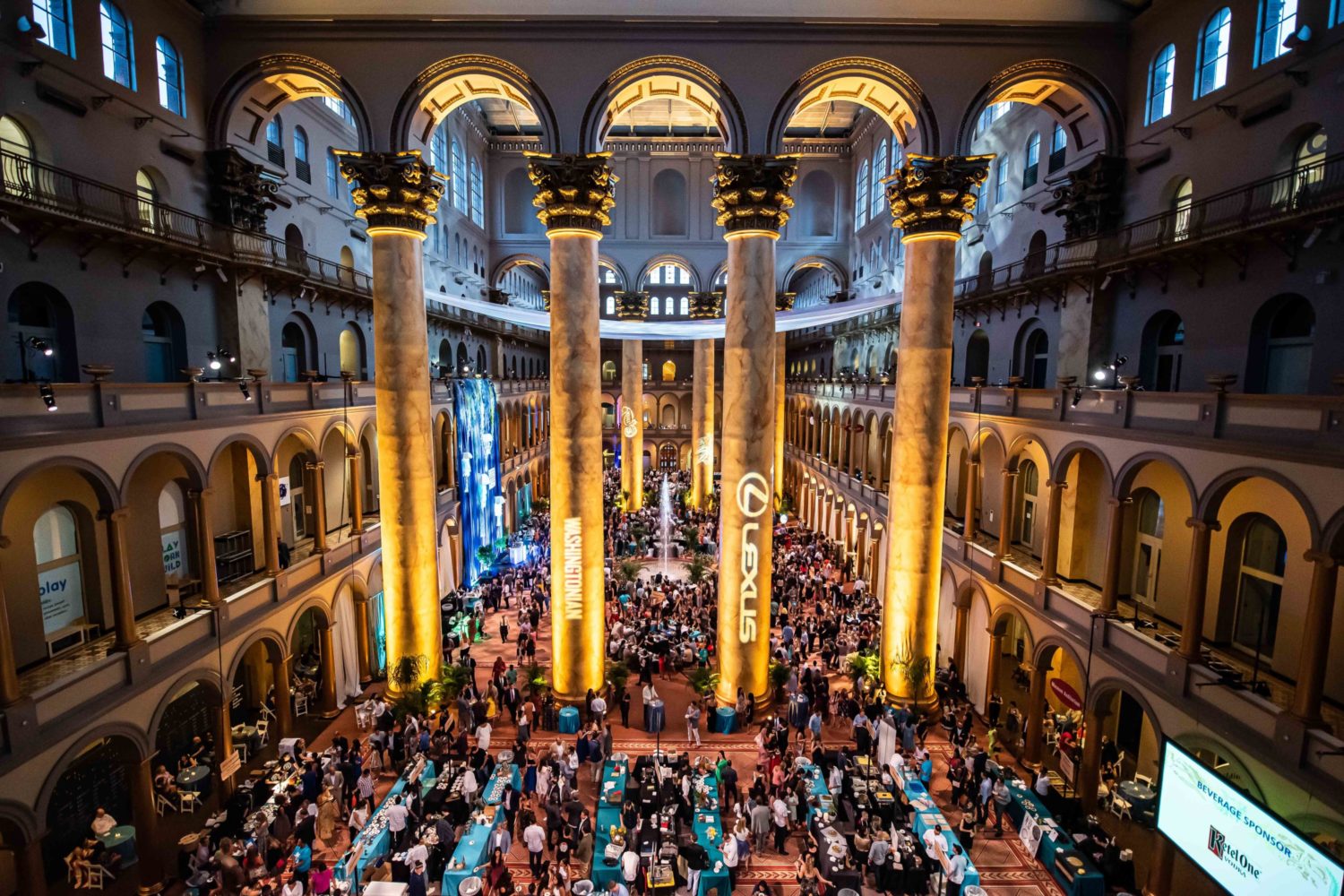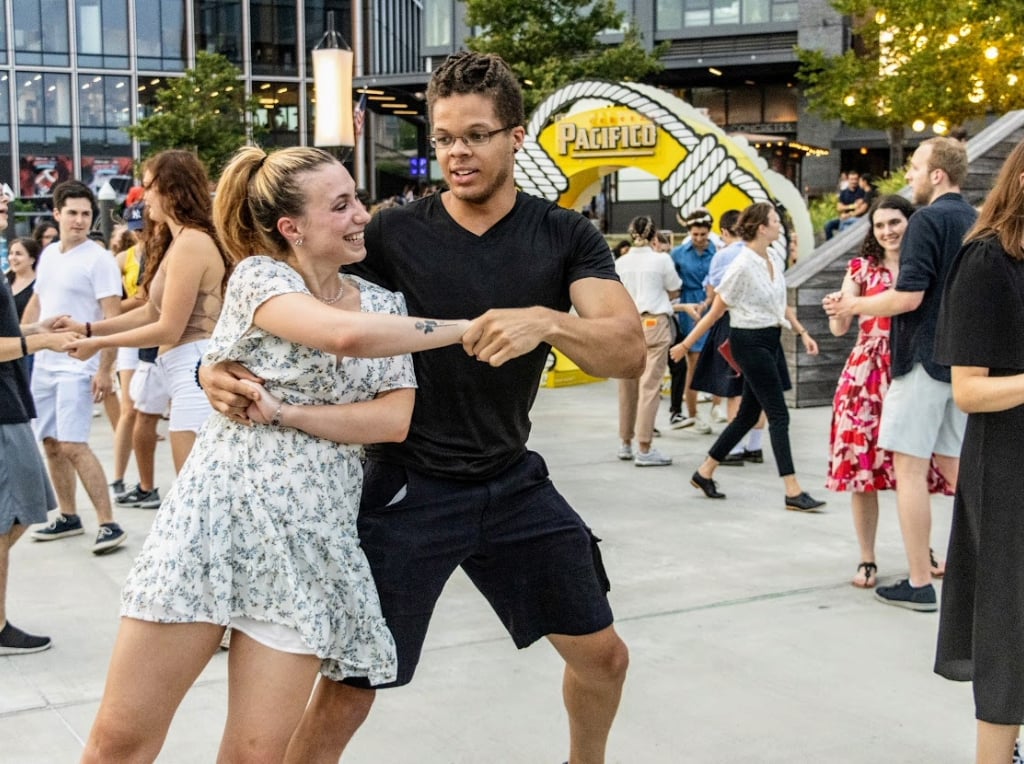This past weekend, 6,000 protestors marched down Constitution Avenue from the Reflecting
Pool to the Washington Monument. Their message was simple: The United States of America
needs stricter gun control laws to prevent future tragedies in the wake of Newtown.
The march, arranged by Arena Stage artistic director
Molly Smith, included Secretary of Education
Arne Duncan, Mayor
Vincent Gray, DC congresswoman Eleanor Holmes Norton, Maryland congressman
Chris Van Hollen, One Million Moms for Gun Control founder
Shannon Watts, actress
Kathleen Turner, Virginia Tech shooting survivor
Colin Goddard, Foundry Church pastor
Dean Schenider, and several DC City Council members including
David Grosso,
Kenyan McDuffie, and
Tommy Wells.
Before the march the protestors, who included about 100 residents from Newtown, gathered
on the lawn of the Capitol in the biting cold, passionately discussing gun control.
Earle Mitchell, a 28-year Navy veteran, walked around the crowd wearing a windbreaker and a beanie
to shield himself from the temperatures. A cold had gifted him a cough and a runny
nose, but he refused to stay home. Instead, every 25 feet, he’d stand and scream to
the crowd that everyone needed to write his or her congressman, that he’d done it,
that he’d written to newspapers and had five letters to the editor published in the
past month, one in the
Washington Post.
“If this doesn’t do it,” he said, referring to the march, “nothing will.”
At promptly 10 AM the protestors marched down Constitution Avenue to the Washington
Monument, where a choir was singing John Lennon’s “Imagine.” Mayor Gray and the council
members led the procession with grim faces, holding a large blue sign that read “March
on Washington for Gun Control.”
Smith spoke first and acted as emcee throughout the afternoon, introducing each speaker
and leading chants of “Yes, we can” in between.
“This is ‘We, the People,’” she said from her pulpit. “This is a spiritual and moral
issue.”
Mayor Gray sought to “bring sanity back to the U-S of A.” DC Council chairman
Phil Mendelson said, “Our country outgrew the Wild West 100 years ago.” Secretary of Education Duncan
reflected on the friends he’d lost “growing up on the South Side in Chicago, playing
basketball on the streets.” Congresswoman Holmes said, “We’re all culpable if we do
nothing now.”
Reflecting on the event, Smith said she was pleased with how well things went. “There
were just so many potential ways for it to go wrong, but the angels were with us that
day,” she said.
Smith hadn’t planned on organizing a march when she first saw news of the Sandy Hook
massacre, but she did post a note on Facebook that somebody should. “I felt like somebody
had just taken their first and socked me in the stomach,” she said. “There needed
to be a physical manifestation of all our hopes and fears and desires.”
So she took to social media, and in about a month had rounded up 6,000 participants
of varying ages, who traveled from across the country for the march. She also had
two dozen volunteers, spanning from ages 12 to 85, who helped organize the event.
Using her theater experience, she began to put together what she hoped would be a
smoothly flowing and engaging protest. “I really saw the march as a huge one-day production,”
she said.
Now that it’s over, Smith said, there’s still much work to be done. “The march isn’t
the end result. It’s part of the process. Now each of us needs to do something every
day,” she said. Whether that’s writing to Congress or sitting down with someone with
different beliefs, she says something can be done every day. For her, it’s important
to keep this issue in the spotlight.
“Human beings forget quickly,” she said.

